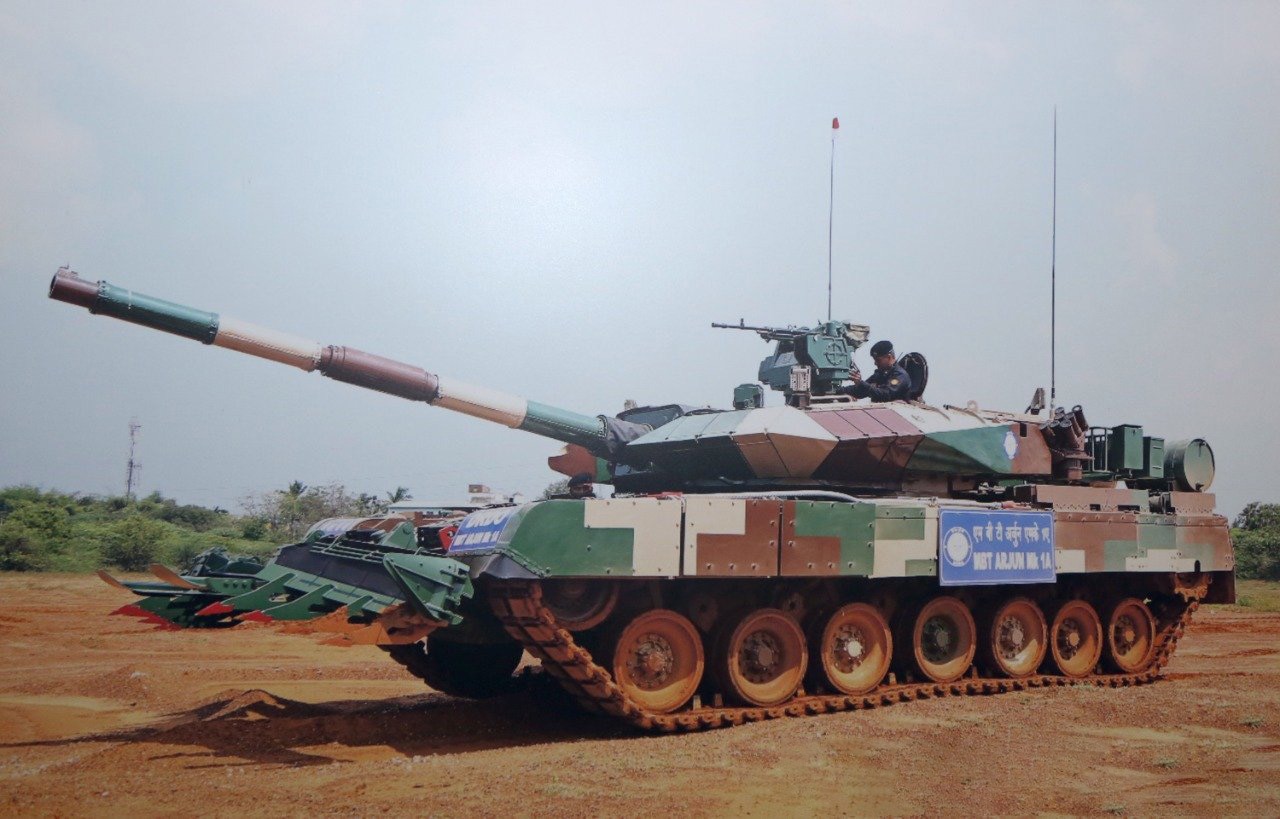India is among the top three arms exporters in the world, accounting for 11 per cent of the sales globally. Indian defence imports have been majorly dependent on Russia owing to its strong ties prior to the end of the cold war era. The bipolar nature of the world makes India heavily dependent on Russian arms sales.
But with the changing nature of global order and in the era of multi-polarity India has realigned its defence requirement strategy. The SP (Strategic Partnership) policy for the defence was formulated five years ago. The sole aim of this policy is to revitalise the defence industrial ecosystem and produce advanced weapon systems indigenously.
Under the Strategic Partner Model Policy, foreign Original Equipment Manufacturers (OEMs) would partner with Indian companies to produce military equipment locally. Critical to production partnerships is the technology transfer clause, which is aimed at bringing niche technology to the nation.
The progress under the SP policy has been slow but steady. India’s major dependency on arms imports was that from Russia, as its arms share to India was around 70 per cent. Over the last five years, that share percentage has fallen to 46 per cent as India developed strategic relations in defence with Israel, the US and France. It’s on course to have similar relations with Japan and Egypt as well.
But despite this, India is falling short of meeting its critical defence needs. The main sore point has been poor R&D, as the capacity is largely underdeveloped. The financial budget for the years 2022-23 has allocated ₹1200 crore for the defence research budget. It also includes the provision for private entities and startups to invest in defence production and research and development, with funds earmarked accordingly. But despite that, the progress has been slow.
In comparison with the US (12 per cent) and China (20 per cent) on funds allocated for R&D from the defence budget, India’s allocation is well short of its requirement at a meagre 6 per cent. This essentially means that India’s pace at achieving self-reliance is excruciatingly slow and it is still heavily dependent on its arms imports from foreign OEMs and any JV negotiated with these companies will be from a position of weakness.
The cap on FDI investments at 49 per cent till 2020 also made matters more complex, and it was rightly rectified by the government by increasing the limit to 74 per cent. But despite that, FDI inflow hasn’t grown as expected. One of the main reasons is the ambiguous nature of the SP policy.
Primarily meant to create private sector leaders in manufacturing major equipment in collaboration with foreign OEMs, it was diluted to allow the participation of DPSUs as the government itself wasn’t confident in dealing with the private entities owing to the higher risks involved. That considerably slowed down the pace as DPSU’s capability to develop and deliver in time has always been a question mark owing to project cost overruns, poor project management, and subpar results.
India has shown considerable growth in the defence export sector. The exports have leapfrogged by 54.1 per cent for the year 2021-2022. India exported defence items and technology worth ₹13000 crores mainly to the United States, Middle East, Africa, Philippines and other countries in South-East Asia.
The defence indigenization has not only helped India to grow as an arms exporter but also has paved the way to reduce the imports of defence equipment from foreign countries from 46 per cent from 2019-2020 to 36 per cent in 2020-2021, according to MOD.
Additionally, setting up a start-up ecosystem through the Innovation for Defence Excellence (IDEX) programme to harness technological capabilities and solutions has also yielded results. The Ministry of Defence has approved procuring equipment worth ₹400 crore from Indian startups.
The government has set up an ambitious defence export target of $5 billion by 2025. It also couples with the growing demand for upgrading and modernising our armed forces. Can both goals be achieved? That will largely depend on the seriousness shown in making SP policy more pragmatic.
PM Narendra Modi’s vision of making India self-reliant in the defence sector hinges on the more pragmatic approaches required going forward. First and foremost will be to enhance the R&D budget so that the existing technological gap can be closed. More private entities and startups need to be encouraged to take a lead going forward.
Platforms like IDEX need to be opened up more for the private sector. Providing more incentives and involving them in management roles will create an opportunity for the private sector to take a lead in technological research and development.
Furthermore, the private sector needs more encouragement to set up a defence R&D ecosystem with other foreign strategic partners, as shared technological knowledge and innovation platforms will ultimately boost the defence industrial sector. Also, the offset policy needs a complete overhaul, and it needs to incorporate technology-driven innovation to target overall economic development.
Raja Muneeb is a freelance columnist
Disclaimer: Views expressed above are the author’s own









